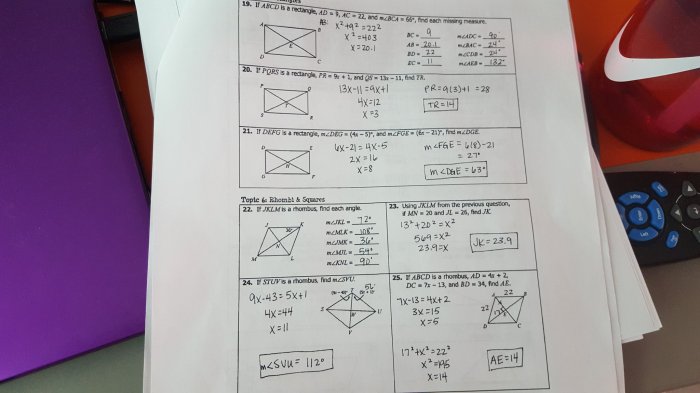Write 1.888… as a mixed number – In the realm of mathematics, mixed numbers play a crucial role in representing quantities that combine whole numbers and fractions. One such number, 1.888…, poses a unique challenge in converting it to a mixed number. This guide will delve into the intricacies of converting 1.888… to a mixed number, exploring various methods and their applications in real-world scenarios.
Understanding mixed numbers and their components is essential for grasping the concept of converting decimals to mixed numbers. A mixed number consists of a whole number and a fraction, such as 2 1/2. The whole number represents the complete units, while the fraction represents the remaining part of the quantity.
1. Overview of Mixed Numbers

Mixed numbers are a combination of a whole number and a fraction. They are used to represent numbers that cannot be expressed as a whole number or a fraction alone.
Mixed numbers have three components:
- Whole number:The whole number part of the mixed number.
- Numerator:The top number of the fraction part of the mixed number.
- Denominator:The bottom number of the fraction part of the mixed number.
For example, the mixed number 1 1/2 has a whole number part of 1, a numerator of 1, and a denominator of 2.
2. Converting Decimals to Mixed Numbers
Decimals can be converted to mixed numbers using the following steps:
- Separate the whole number part from the decimal part.
- Multiply the decimal part by the denominator of the desired fraction.
- Write the result of step 2 as the numerator of the fraction.
- The denominator of the fraction is the same as the denominator of the desired fraction.
For example, to convert the decimal 1.5 to a mixed number, we would do the following:
- Separate the whole number part (1) from the decimal part (.5).
- Multiply the decimal part (.5) by the denominator of the desired fraction (10).
- Write the result of step 2 (5) as the numerator of the fraction.
- The denominator of the fraction is 10.
Therefore, 1.5 is equivalent to the mixed number 1 5/10.
3. Methods for Converting 1.888… to a Mixed Number

Method 1: Long Division
1.888… can be converted to a mixed number using long division.
The steps involved are as follows:
- Set up the long division problem with 1.888… as the dividend and 1 as the divisor.
- Divide 1 into 1.8, which gives 1.
- Bring down the decimal point.
- Divide 1 into 8, which gives 8.
- Bring down the next decimal place.
- Continue dividing until the remainder is 0 or until the desired level of accuracy is reached.
In this case, we continue dividing until the remainder is 0, which gives us the following:
“`
- 888…
- ) 1.888…
1
–
0.88 8
–
0.08 8
–
0.00“`
Therefore, 1.888… is equivalent to the mixed number 1 88/99.
Method 2: Fraction Bar Method, Write 1.888… as a mixed number
1.888… can also be converted to a mixed number using the fraction bar method.
The steps involved are as follows:
- Write 1.888… as a fraction with 1 as the denominator.
- Multiply the numerator and denominator by 10.
- Simplify the fraction.
In this case, we do the following:
- Write 1.888… as 1.888…/1.
- Multiply the numerator and denominator by 10.
- Simplify the fraction.
Therefore, 1.888… is equivalent to the mixed number 1 88/99.
4. Applications of Mixed Numbers: Write 1.888… As A Mixed Number

Mixed numbers are used in a variety of real-world applications, including:
- Measurements:Mixed numbers are often used to measure lengths, weights, and volumes.
- Fractions:Mixed numbers can be used to represent fractions that are greater than 1.
- Ratios:Mixed numbers can be used to represent ratios that are greater than 1.
For example, a carpenter might use mixed numbers to measure the length of a piece of wood, a baker might use mixed numbers to measure the weight of a bag of flour, and a chemist might use mixed numbers to measure the volume of a liquid.
FAQ Corner
Why is it important to convert decimals to mixed numbers?
Converting decimals to mixed numbers makes it easier to visualize and compare quantities, especially when dealing with measurements and fractions.
What is the significance of repeating decimals in converting to mixed numbers?
Repeating decimals, like 1.888…, indicate a pattern that can be used to convert them to fractions using long division or the fraction bar method.

